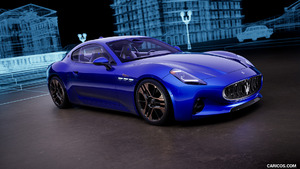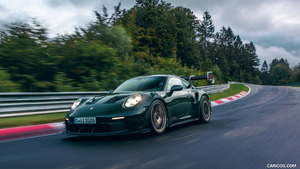2022 C-Class
Welcome to a new, even more digital and efficient world, and welcome home: the new C-Class stands for both, and in all respects creates a future-proof comfort zone in a time of worldwide transformation. The new C-Class is the first classic Mercedes-Benz model series to be fully electrified thanks to an integrated starter- generator and a 48-volt technology. It also sets standards with respect to sustainability. And because the C- Class is one of the company's highest-volume model series, this systematic electrification has a correspondingly strong effect on our carbon footprint. The all-new 2022 Mercedes-Benz C-Class Sedan will arrive in U.S. dealerships in early 2022.
Design: Sensual purity with a sporty and elegant touch
The new C-Class already looks to be in motion at a standstill with its dynamic proportions, thanks to the combination of its short front overhang, long wheelbase and rear overhang. The sporty hood with power domes accentuates this appearance of forward motion. The windshield and passenger cell have been moved to the rear for these classic proportions known in the industry as "cab-backward design." The preceding model already represented a great step forward in terms of a high-value appeal in the interior, and the new C-Class goes even further with respect to modern luxury. The interior adopts highlights from the new S-Class, adding a sporty touch.
Exterior design: Profile with attractive light effects
When viewed from the side, elaborately sculptured surfaces create unique light effects. Conversely, the designers have reduced lines to a minimum, which accentuates the catwalk line or shoulder line even more. Other features producing the sporty, superior appearance include the wide track width and the flush 18- and 19-inch wheels in modern designs.
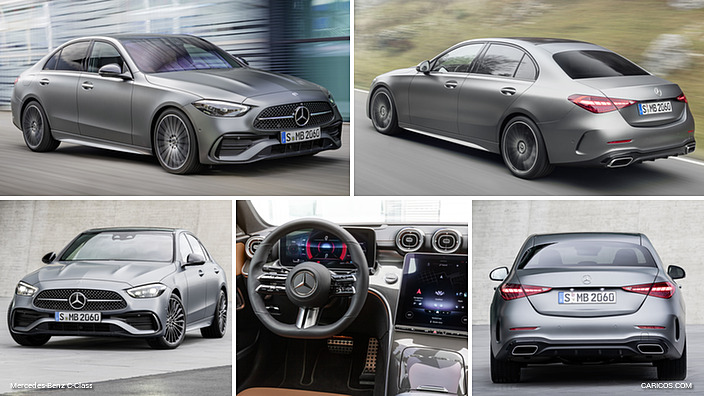 2022 Mercedes-Benz C-Class
2022 Mercedes-Benz C-Class
The brand's hallmark radiator grille characterizes the front. All models feature a central star, with the design and character of the radiator grille differing in the details. With the standard exterior, there are decorative elements in the louvres, while the radiator grille and front bumper feature chrome surrounds. The distinguishing feature of the AMG Line is the striking diamond grille with the star design in chrome.
At the rear end, the high-quality design of the tail lamps fascinates with an unmistakable day and night appearance. For the first time, the tail lamps have a two-piece design on the C-Class, with the light functions divided between the side wall and trunk lid. Optional or line-specific trim in the rear bumper attractively rounds off the rear view. Several new paint finishes – Starling Blue, Cirrus Silver and Moonlight White, as well as Graphite Grey and Selenite Grey Magno – have been added to the color range.
Interior design: sporty touches thanks to the driver-centered design
The dashboard is divided into an upper and a lower section: into a wing-like section with new, flattened round vents reminiscent of aircraft engine nacelles, and into an opulent expanse of trim. The latter flows from the center console to the dashboard without interruption. Driver-focus adds to the sportiness: the dashboard and central display are slightly tilted towards the driver by six degrees.
The driver area features a 12.3-inch high-resolution display as standard, setting it apart from traditional cockpits with classic round dials.
The paradigm change to digitalization is also obvious in the central display: the vehicle functions can be controlled using the high-quality touchscreen. Its portrait orientation is particularly advantageous for navigation. The touchscreen likewise appears to float above the expanse of trim. Like the dashboard, the screen is slightly tilted towards the driver. The central display has a screen diagonal of 11.9 inches as standard.
Surrounded by lustrous jet black trim, the central display extends seamlessly to the center console. A refined finishing detail, a high-quality chrome insert creates a clean divide to the rear, padded section of the armrest.
The modern, minimalist design of the door panels frames both ends of the dashboard. The door center panel with integrated armrest evolves from a vertical surface into a horizontal orientation. Reflecting the design of the center console, the front section takes the form of a metallic high-tech element. It can be used as a grab or closing handle, and houses the power window controls. Another highlight is the floating control cluster, into which the door opener and seat adjustment controls are integrated.
The special seat design in the new C-Class uses layers and enveloping surfaces to create a visual impression of lightness. The head restraints are a completely new design and are attached to the backrest with a sealed piece of trim.
A dashboard covered with MB-Tex and featuring luxurious beltlines is available for the C-Class when equipped with AMG Line. The range of available trim options showcases innovative surfaces. These include new interpretations of natural grain veneers in brown tones and a black, and natural grain wood veneer featuring fine inlays of genuine aluminum that follow the dashboard's contours.
The driver display and media display offer a holistic, aesthetic experience. The look of the screens can be individualized with three display styles (Sporty, Classic and Understated) and three modes (Navigation, Assistance, Service). In "Sporty," for example, the color red is predominant and the central rev counter has a dynamic design. The new C-Class is equipped with 64-color ambient lighting as standard, with an optionally available enhanced version.
Latest generation of MBUX: intuitively operated and intelligent
Like the new S-Class, the new C-Class is equipped with the second generation of MBUX (Mercedes-Benz User Experience). The vehicle interior becomes even more digital and intelligent, as both the hardware and software have made great strides. Brilliant images on the high-definition displays make it easy to control vehicle and comfort functions.
The driver display and media display offer a holistic, aesthetic experience. The information is presented in a clearly structured way. Mercedes-Benz developed a new display aesthetic for the S-Class, which is now systematically used as the basis for other models.
The look of the screens can be individualized with three display styles (Sporty, Classic and Understated) and three modes (Navigation, Assistance, Service).
- In "Classic" style, the driver is welcomed with a familiar display environment. The proven display with two tubes and changing content between them provides all the information relevant to the driver.
- "Sporty" is dominated by the color red, with a dynamic design for the central rev counter.
- In "Understated" style, the content is reduced to what is essential. In addition, both screens can be shown in seven color schemes with the ambient lighting. This makes for an impressive color experience in the interior.
- In "Assistance Mode," the traffic situation is shown in real time and supplemented with important displayed information.
The full-screen navigation was adopted from the S-Class, and gives the driver the best possible guidance on a journey.
Hey Mercedes: the increasingly sharp voice assistant
The voice assistant "Hey Mercedes" becomes more interactive and capable of learning by activating online services in the Mercedes me App. Moreover, certain actions can be performed even without the activation keyword "Hey Mercedes." These include taking a telephone call. "Hey Mercedes" also explains vehicle functions, and, for example, can help when asked how to connect a smartphone by Bluetooth or where the first-aid kit can be found. "Hey Mercedes" is also able to recognize the vehicle occupants by their voices. The driver can even load their unique personal profile using voice control.
Music streaming: millions of songs to choose from
With the "Online Music" service, Mercedes-Benz has now integrated music streaming services into the MBUX infotainment system. MBUX allows seamless access to the personal user profile of certain linked music providers. This not only gives customers full access to their favorite songs and playlists, but also the chance to discover millions of songs and curated playlists. Operation is intuitive, using the MBUX voice assistant "Hey Mercedes," or Touch Control Buttons on the steering wheel, or directly on the touchscreen display.
Other highlights in connection with MBUX
Augmented Video for Navigation is optionally available. A camera registers the surroundings in front of the vehicle and moving images are shown on the central display. In addition, virtual objects, information and markers are superimposed on the video image. For example these include traffic signs, directional arrows, lane-change recommendations and house numbers. This can make navigation much easier, especially in urban areas.
A color Head-Up Display is also optionally available. The driver sees a virtual image measuring 9 x 3 inches floating above the hood at a distance of about 15 feet (4.5 meters).
A fingerprint scanner is located in an ergonomic position below the central display. This allows users to log into MBUX quickly, conveniently and securely. The reason being that personal settings and data such as favorites, most recent destinations, behavior-based predictions, business calendar entries or emails are protected. Payment processes via Mercedes me are also reserved to authenticated users.
"Over-the-air" (OTA) updates: The software is always kept up-to-date
As soon as a new software update from Mercedes-Benz becomes available, a message appears on the MBUX screen and will art via Mercedes Me app. Once the user accepts the software update terms, the software can be downloaded and installed in the background, or scheduled for a later time. Mercedes-Benz vehicles use mobile communications technology to securely transfer data. Over-the-air (OTA) software updates may introduce new features and ensures Mercedes-Benz vehicles are always up-to-date.
Powertrain: systematic electrification of the modern four-cylinder engine
Thanks to systematic electrification and intelligent downsizing, the new C-Class sets new standards in efficiency. The engine range has only four-cylinder units from the current modular FAME (Family of Modular Engines) Mercedes-Benz engine family. Accordingly, the engine range plays a major role in the flexibility of the international production network, with needs-based electrification.
In addition to turbocharging, the gasoline engine now has an integrated starter-generator (ISG) for intelligent assistance at low engine speeds as a mild hybrid, ensuring outstanding power delivery. The ISG uses a 48-volt onboard electrical system that allows functions such as gliding, boosting or energy recovery, and makes significant fuel savings possible. The engines also start very rapidly and comfortably as a result, so that the start/stop function is almost as imperceptible to the driver as the transition from gliding with the engine switched off to strong acceleration under engine power. When idling, the intelligent interaction between the ISG and the combustion engine ensures outstandingly smooth running.
Four-cylinder gasoline engine with an ISG
The four-cylinder M 254 gasoline engine, featuring an integrated starter-generator with an additional output of up to 20 hp and 148 lb-ft more torque is also celebrating its premiere in the C-Class. Thanks to energy recovery and the ability to "glide" with the engine switched off, the gasoline engine is highly efficient. In the M 254, Mercedes-Benz has for the first time combined all the innovations of the modular engine family of four and six-cylinder gasoline units in a single engine. They include NANOSLIDE® cylinder coating, CONICSHAPE® cylinder honing (trumpet honing) and the exhaust after treatment system positioned directly at the engine.
A completely new feature is the segment charger with flow connection, an advancement of the twin-scroll technology for even more instantaneous response of the forced induction system. The completely newly developed segment turbocharger is a result of cooperation between Mercedes-Benz turbocharger developers and the Mercedes-AMG Petronas Formula 1 team. The technology transfer to series production sets new standards with respect to power combined with maximum efficiency. For short periods, the output of the C 300 can be increased by up to 20 hp.
Automatic transmission standard
The 9G-TRONIC transmission was developed further for adapting the ISG, and is installed in all C-Class models. The electric motor, power electronics and transmission cooler have now moved into or to the transmission. Previously required lines are eliminated, which offers advantages with regard to installation space and weight. In addition, the efficiency of the transmission has been increased. Among other aspects, the optimized interplay with the electric auxiliary oil pump reduces the delivery rate of the mechanical pump by 30 percent – good for efficiency. Furthermore, it uses a new generation of the fully integrated transmission control with multi-core processor and new design and connectivity technology. In addition to the increased computing power, the number of electric interfaces has been drastically reduced, and the weight of the transmission control has been cut by 30 percent compared to the predecessor.
The 4MATIC drive system of the all-wheel drive models has been advanced. The new front-axle drive allows higher torque levels to be transferred with an ideal axle load distribution for driving dynamics. Moreover, this has a significant weight advantage compared to the corresponding component in the preceding series – a contribution to CO2 reduction. The technicians were also able to reduce the friction losses in the new transfer case. In addition, it also features a closed oil circuit, and requires no additional cooling measures.
At a Glance
| C 300 | C 300 4MATIC | ||
| Displacement | cc | 1,999 | 1,999 |
| Output | hp | 255 | 255 |
| at | rpm | 5,800 | 5,800 |
| Add. output (boost) | hp | 20 | 20 |
| Peak torque | lb-ft | 295 | 295 |
| at | rpm | 2,000-3,200 | 2,000-3,200 |
| Add. torque (boost) | lb-ft | 148 | 148 |
| Acceleration 0-60 mph | s | 5.9 | 5.9 |
| Top speed* | mph | 130 | 130 |
*electronically limited
Suspension system: comfort and agility
The new C-Class is standard-equipped with an AGILITY CONTROL suspension with continuously adjustable damping. The key components of the dynamically configured suspension are a four-link axle at the front and a multi-link axle at the rear mounted to a subframe. The suspension provides the basis for a high level of suspension, ride and noise comfort, agile handling and driving fun. With the optionally available AMG Line, the new C-Class is equipped with a sport suspension.
Driver assistance systems: stress-relief and support in hazardous situations
Compared to the previous C-Class series, the latest generation of the Driver Assistance Package has additional and advanced functions. These reduce driver workload in day-to-day situations for more comfortable and safe driving. When danger threatens, the assistance systems are able to respond to impending collisions as the situation demands. The operating principle of the systems is visualized on the driver display by a new display concept.
Advancement of the assistance systems
On all types of roads – highways, country roads or in the city – Active Distance Assist DISTRONIC can automatically maintain a preset distance from vehicles ahead. One new feature is the response to stationary vehicles on the road at speeds up to approximately 62 mph (previously 37 mph).
Active Steering Assist helps the driver to stay in their lane at speeds up to 130 mph. New features include additional lane recognition with the 360° camera, significantly improved availability and performance in bends on country roads and improved lane centering on highways.
Intelligent parking systems support the driver when maneuvering
Thanks to improved surround sensors, the parking systems give the driver even better support when maneuvering at low speeds. Operation is faster and more intuitive thanks to integration into MBUX. Emergency braking functions also serve to protect other road users.
Crash safety: fit for all global requirements
Few models are sold in as many markets as the C-Class, which is currently available in over 100 countries. Around 1,000 load stage variants are therefore examined during the course of development, as all engine and body variants, right and left-hand drive, hybrids or 4-MATIC models meet the same requirements.
Together with the familiar PRE-SAFE® protection concepts for frontal and rear collisions, PRE-SAFE® Impulse Side (available in conjunction with the Driver Assistance Package) forms a kind of virtual crumple zone that extends all around the vehicle. As only a limited crumple zone is available in the case of a side impact, PRE-SAFE® Impulse Side can move the affected driver or front passenger away from the acute danger zone even before the crash as soon as the system detects that a side collision is immediately imminent. For this purpose, air chambers in the side bolsters of the front seat backrest are inflated in fractions of a second.
Overall, the safety concept of the C-Class is based on an intelligently designed body shell with a particularly rigid passenger cell and crash structures that deform in a specific way, acting together with seat belts and airbag systems. In the event of an accident, systems such as belt tensioners and airbags can be activated to protect the occupants as the situation demands. With the help of numerical simulations, the vehicle structure was configured to ensure excellent occupant protection in the event of a crash. In all aspects of the vehicle configuration that are relevant in an accident, the legal requirements were further bolstered by internal testing requirements and test criteria derived from the findings from real-life accident scenarios.
Dimensional concept and practical features: more space in the front and rear
With a length of 187 inches and a width of 71.7 inches, the Sedan is considerably larger than its predecessors. The wheelbase has increased by 1 inch to 112.8 inches. Both the front and rear passengers benefit from the increased exterior dimensions. The good drag coefficient of the preceding model (Sedan: Cd 0.24) has been preserved despite the larger exterior dimensions.
Here are the most important dimensions:
| C-Class Sedan | New model | Preceding model | Diff. |
| Exterior dimensions (in) | |||
| Length | 187.0 | 184.5 | +2.5 |
| Width | 71.7 | 71.3 | +0.4 |
| Width incl. exterior mirrors | 80.0 | 79.5 | +0.5 |
| Height | 56.6 | 57.0 | -0.4 |
| Wheelbase | 112.8 | 111.8 | +1.0 |
| Track, front | 62.3 | 61.5 | +0.8 |
| Track, rear | 62.8 | 60.9 | +1.9 |
| Interior dimensions (in) | |||
| Max. headroom, front, driver | 50.0 | 40.9 | +0.1 |
| Headroom,rear | 37.5 | 37.1 | +0.4 |
| Legroom, front | 41.7 | 41.7 | 0 |
| Legroom, rear | 36.0 | 35.2 | +0.8 |
| Elbow room, front | 58.1 | 57.2 | +0.9 |
| Elbow room, rear | 58.1 | 57.6 | +0.5 |
| Shoulder-room, front | 56.3 | 55.3 | +1.0 |
| Shoulder room, rear | 55.6 | 55.0 | +0.6 |
| Luggage capacity acc. to VDA (cu-ft) | 17.9 | 17.9 | 0 |
A success story: bestseller for many years
In the last decade, the C-Class was the highest-volume Mercedes-Benz model. Since the introduction of the still-current generation in 2014, over 2.5 million Sedan and Wagon models have been sold globally. China has been the largest sales market for the C-Class Sedan since 2016. In addition, the USA, Germany and Great Britain have been the largest sales markets for the C-Class Sedan and Wagon models in the last ten years. In 2020, the C-Class Sedan and Wagon were delivered to customers in more than 100 markets around the world.
The C-Class success story began in 1982 when the Mercedes-Benz 190 was launched as a mid-size model. Because it was the smallest car in the Mercedes-Benz range at the time, it soon earned the nickname 'Baby Benz'. It was not only with combustion engines – for example the sporty 190 E 2.5-16 Evolution with a four-valve engine – that Mercedes-Benz repeatedly made its mark, but also with alternative powertrains. For example, the 190 E Elektro, an experimental car based on the 201 series, was presented at the Innovation Market of the Hanover Fair in 1990 and at the Geneva Motor Show in 1991. Two electric motors excited by permanent magnets, each with 21 hp, fed by sodium/nickel chloride batteries, powered the rear wheels.
The first car under the C-Class designation was introduced in May 1993. All in all, over 10.5 million Mercedes-Benz cars in this category have been delivered to customers since 1982. For many customers, the C-Class is their entry to the premium car segment; in China and South Korea for example, the C-Class Sedan is the first vehicle from a premium brand for around 50 percent of buyers. In many markets, the C-Class Sedan attracts a high proportion of female customers. The percentage of women is particularly high in the USA and South Korea: nearly one in every two C-Class Sedans is purchased by women.
Mercedes-Benz also broke new ground at the time, not only in terms of engineering but also because of the wider range of body shapes. The Wagon model introduced by the company in 1996 was its first sporty, mid-size wagon car. When Mercedes-Benz launched the next C-Class model series in 2000, it included the Sports Coupe, a completely new body variant. The market launch of the fourth C-Class generation in 2007 also saw the introduction of a new design feature. For the first time, the front-end design of a Mercedes-Benz Sedan varied according to the design and equipment line.
While the Luxury design and equipment line featured the three-pointed star in its traditional position on the hood, it was mounted in the center of the radiator grille with the Sport design and equipment line.
Production: in a global network with digital cutting-edge technologies
The new C-Class will be produced in the Mercedes-Benz Cars plants in Bremen (Germany), Beijing (China) and East London (South Africa). The Bremen plant, the largest private employer in the region with more than 12,000 employees, is the lead plant for this model series in the international C-Class production network, by offering digital training. In this way, the new C-Class will be flexibly integrated into ongoing series production around the world. Close, digitally supported cooperation between the employees in the global C-Class production network will allow a smooth production start-up in all the plants around the world.
The worldwide production network of Mercedes-Benz Cars provides maximum flexibility. New technologies are integrated into production, and the company is therefore well-positioned in volatile times with changing parameters. One example of smart production in Bremen is digital shop floor management, which allows production data to be monitored in real time. The QUALITY LIVE system enables the employees to check the quality of every vehicle in real time on a clearly arranged user interface. QUALITY LIVE and digital shop floor management are part of the MO360 digital production ecosystem of Mercedes-Benz Cars.
From 2022, all Mercedes-Benz Cars and Vans plants will produce on a carbon-neutral basis. Many Mercedes-Benz plants already source their electrical power from renewable energy sources today, and this also applies to Bremen.
---Front-Three-Quarter-2345335-120x90.jpg)
---Front-Three-Quarter-2345335-1024x768.jpg) \n
\n---Front-2345336-120x90.jpg)
---Front-2345336-1024x768.jpg) \n
\n---Rear-Three-Quarter-2345337-120x90.jpg)
---Rear-Three-Quarter-2345337-1024x768.jpg) \n
\n---Front-Three-Quarter-2345338-120x90.jpg)
---Front-Three-Quarter-2345338-1024x768.jpg) \n
\n---Front-Three-Quarter-2345339-120x90.jpg)
---Front-Three-Quarter-2345339-1024x768.jpg) \n
\n---Front-Three-Quarter-2345340-120x90.jpg)
---Front-Three-Quarter-2345340-1024x768.jpg) \n
\n---Front-Three-Quarter-2345341-120x90.jpg)
---Front-Three-Quarter-2345341-1024x768.jpg) \n
\n---Side-2345342-120x90.jpg)
---Side-2345342-1024x768.jpg) \n
\n---Rear-Three-Quarter-2345343-120x90.jpg)
---Rear-Three-Quarter-2345343-1024x768.jpg) \n
\n---Front-2345344-120x90.jpg)
---Front-2345344-1024x768.jpg) \n
\n---Rear-Three-Quarter-2345345-120x90.jpg)
---Rear-Three-Quarter-2345345-1024x768.jpg) \n
\n---Rear-Three-Quarter-2345346-120x90.jpg)
---Rear-Three-Quarter-2345346-1024x768.jpg) \n
\n---Front-2345347-120x90.jpg)
---Front-2345347-1024x768.jpg) \n
\n---Rear-2345348-120x90.jpg)
---Rear-2345348-1024x768.jpg) \n
\n---Front-Three-Quarter-2345349-120x90.jpg)
---Front-Three-Quarter-2345349-1024x768.jpg) \n
\n---Front-Three-Quarter-2345350-120x90.jpg)
---Front-Three-Quarter-2345350-1024x768.jpg) \n
\n---Front-Three-Quarter-2345351-120x90.jpg)
---Front-Three-Quarter-2345351-1024x768.jpg) \n
\n---Front-Three-Quarter-2345352-120x90.jpg)
---Front-Three-Quarter-2345352-1024x768.jpg) \n
\n---Front-Three-Quarter-2345353-120x90.jpg)
---Front-Three-Quarter-2345353-1024x768.jpg) \n
\n---Side-2345354-120x90.jpg)
---Side-2345354-1024x768.jpg) \n
\n---Side-2345355-120x90.jpg)
---Side-2345355-1024x768.jpg) \n
\n---Rear-Three-Quarter-2345356-120x90.jpg)
---Rear-Three-Quarter-2345356-1024x768.jpg) \n
\n
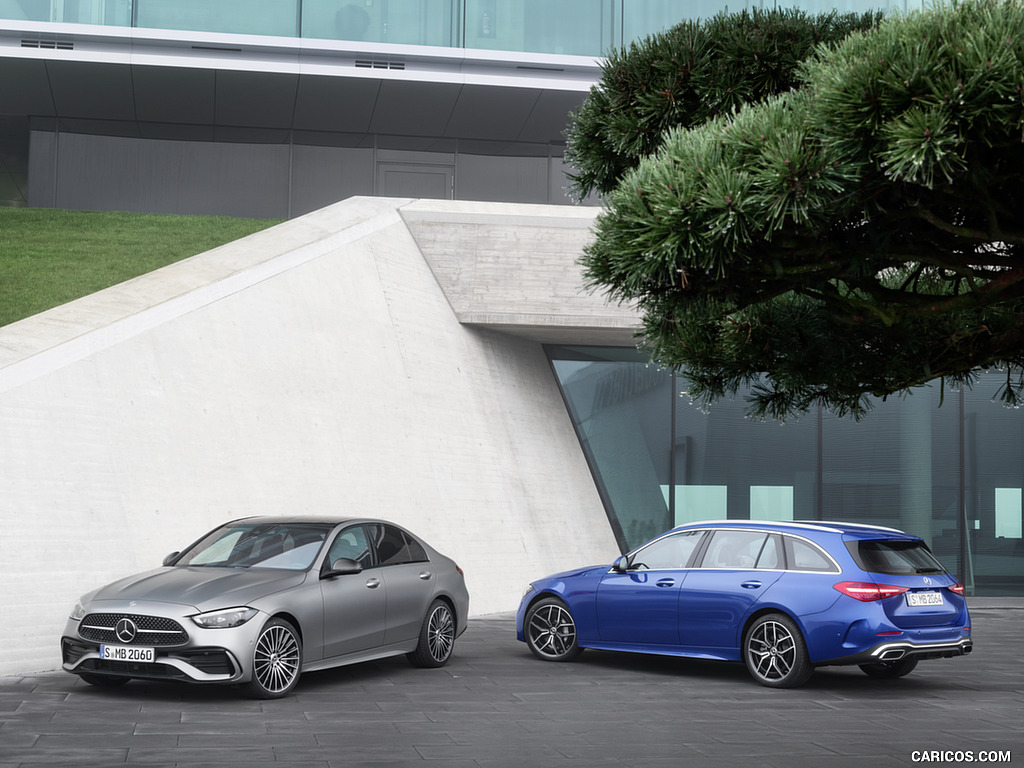 \n
\n
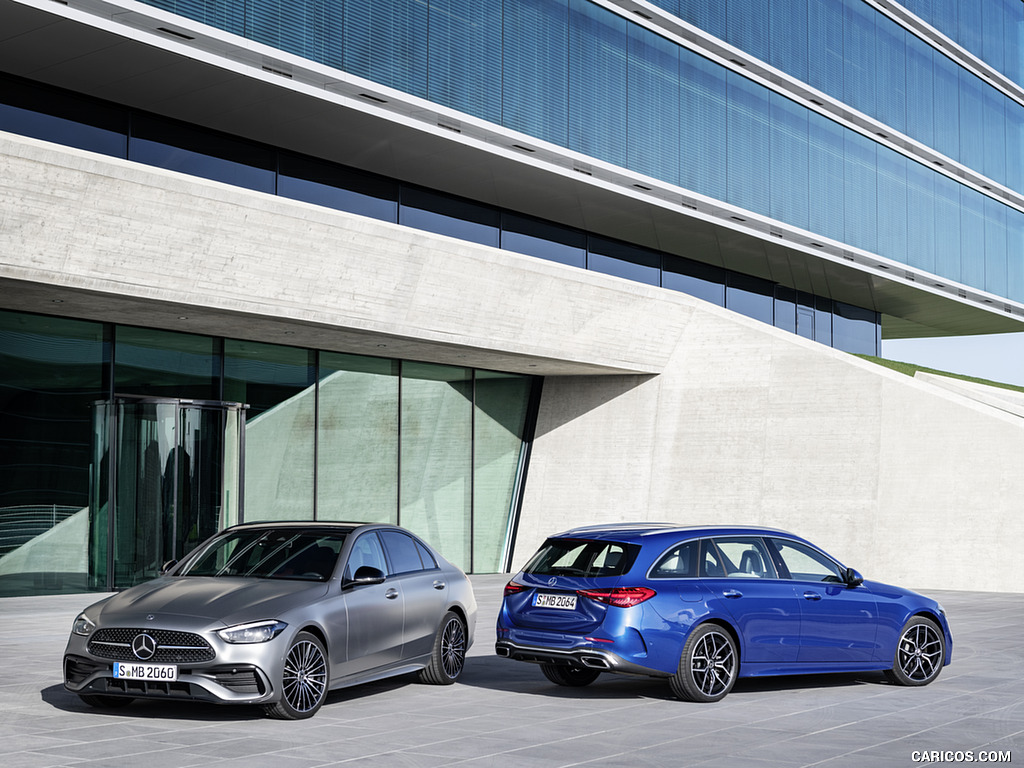 \n
\n---Front-Three-Quarter-2345359-120x90.jpg)
---Front-Three-Quarter-2345359-1024x768.jpg) \n
\n---Front-Three-Quarter-2345360-120x90.jpg)
---Front-Three-Quarter-2345360-1024x768.jpg) \n
\n---Headlight-2345361-120x90.jpg)
---Headlight-2345361-1024x768.jpg) \n
\n---Headlight-2345362-120x90.jpg)
---Headlight-2345362-1024x768.jpg) \n
\n---Wheel-2345363-120x90.jpg)
---Wheel-2345363-1024x768.jpg) \n
\n---Tail-Light-2345364-120x90.jpg)
---Tail-Light-2345364-1024x768.jpg) \n
\n
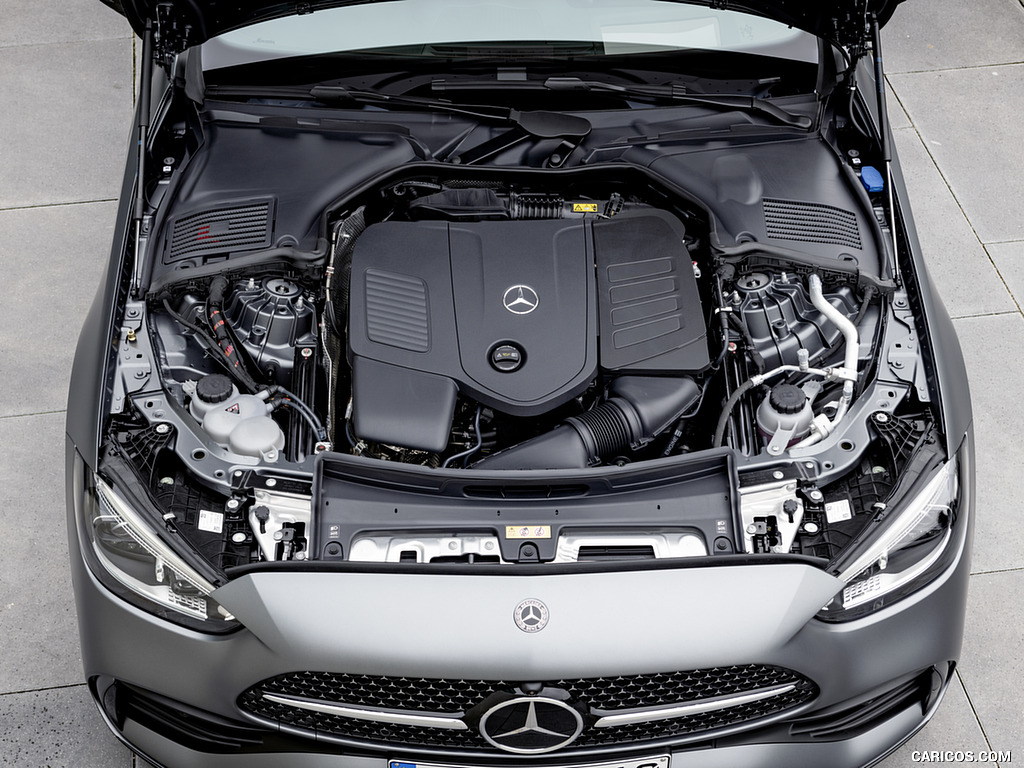 \n
\n
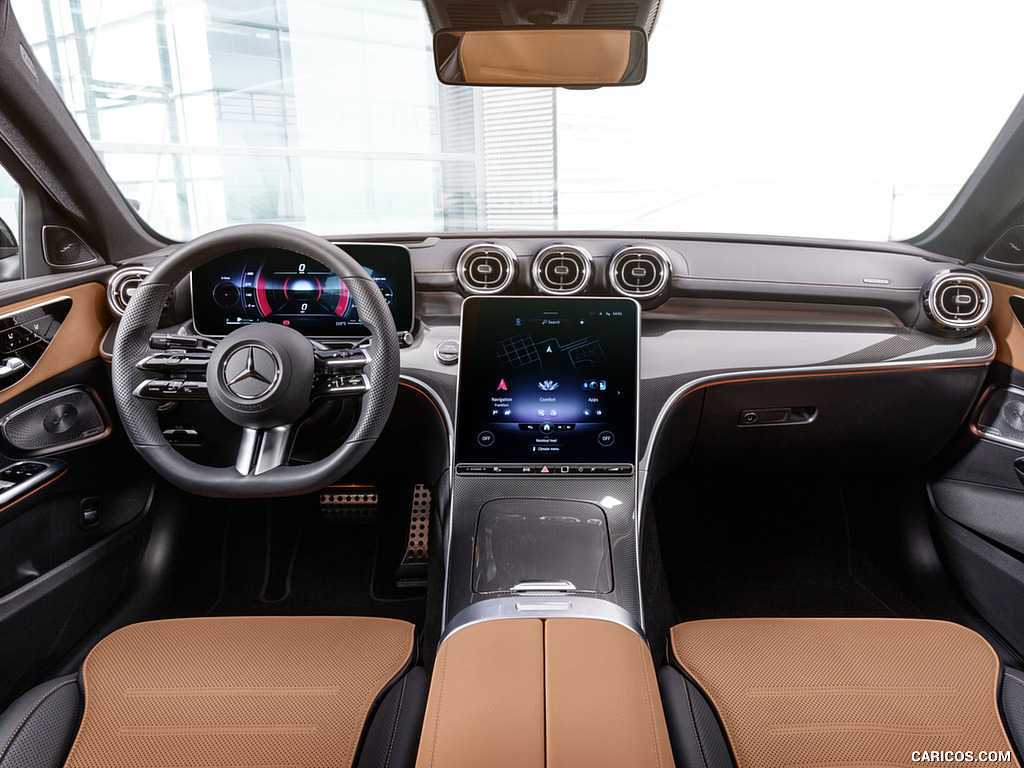 \n
\n
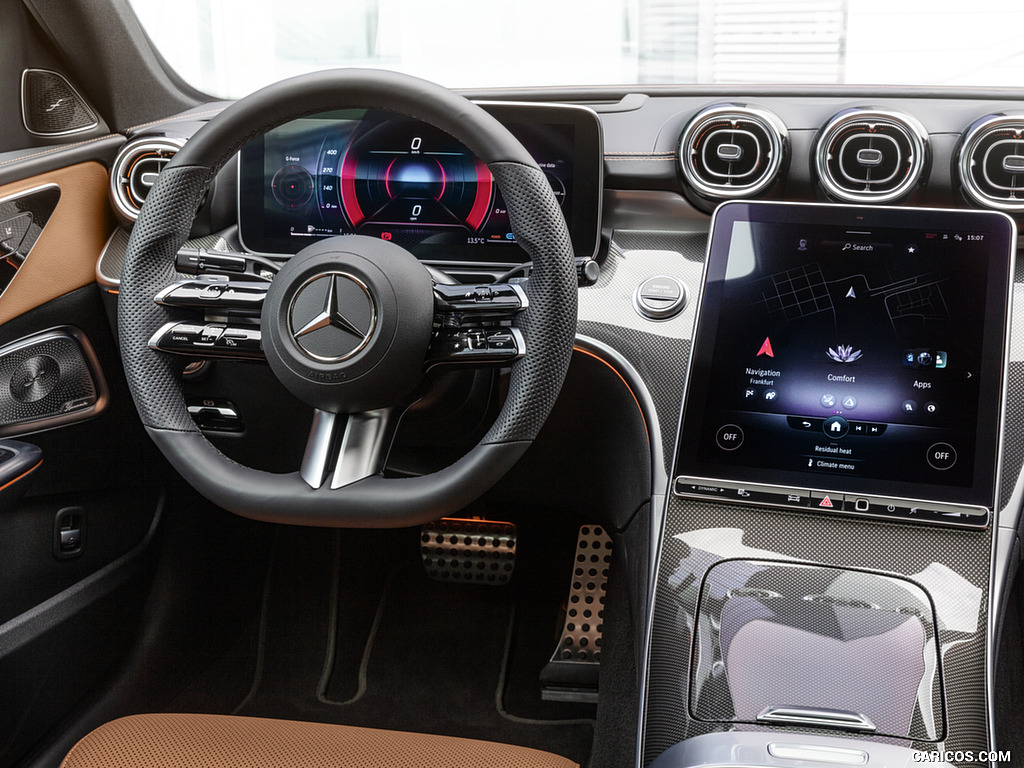 \n
\n
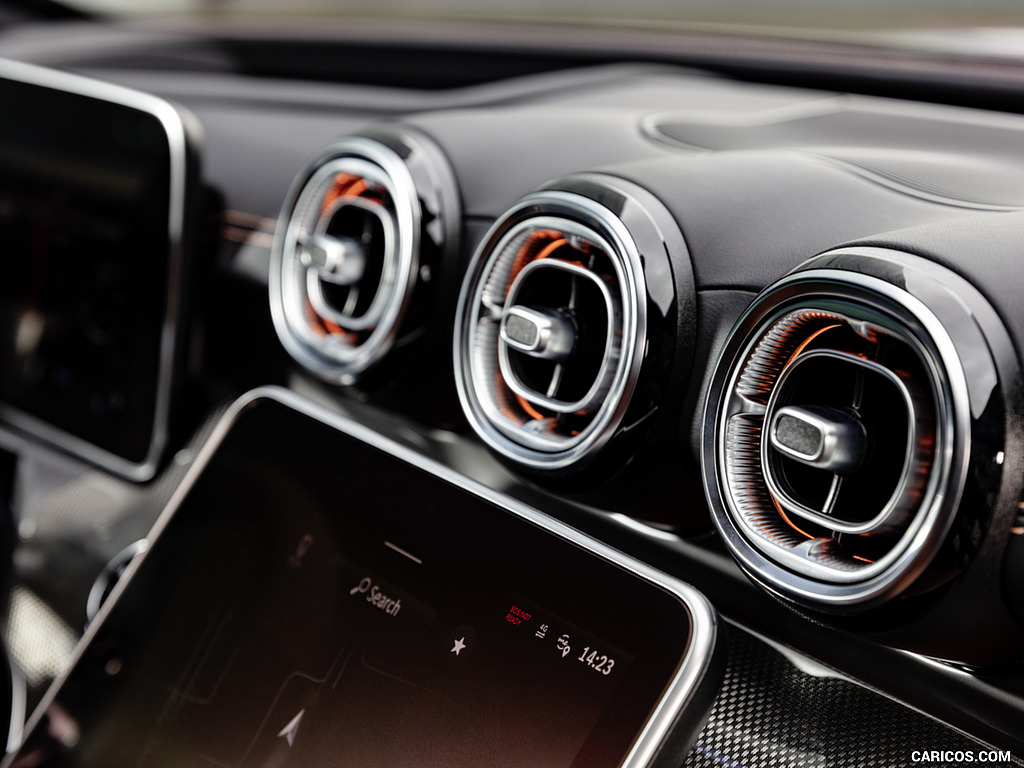 \n
\n
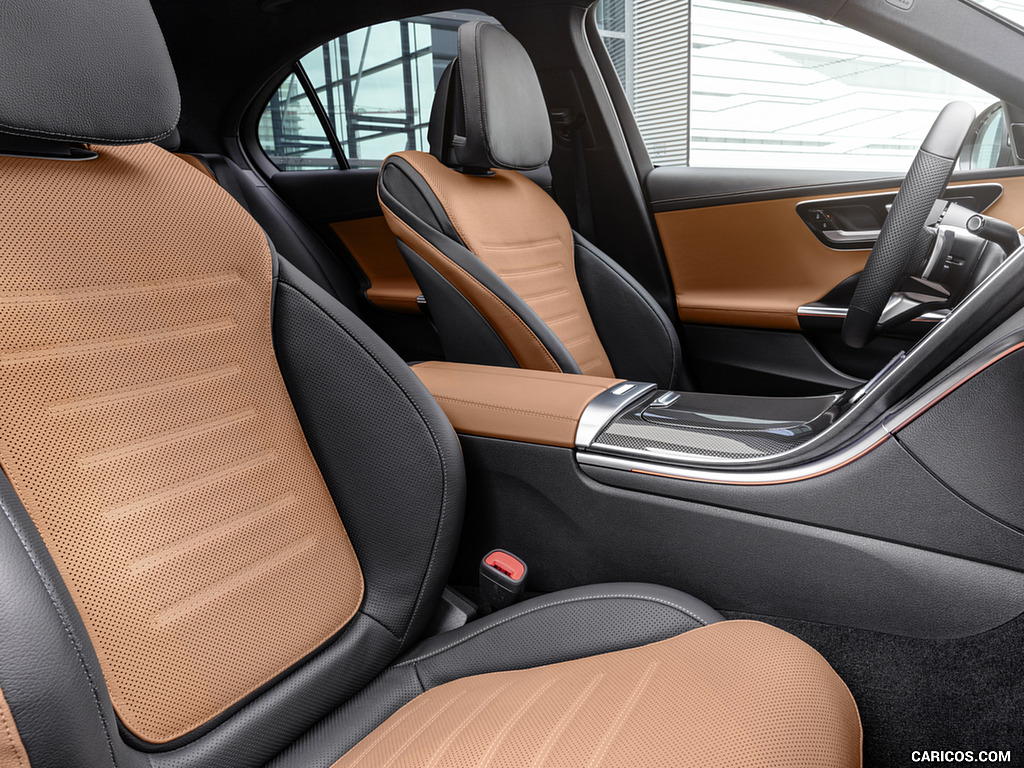 \n
\n
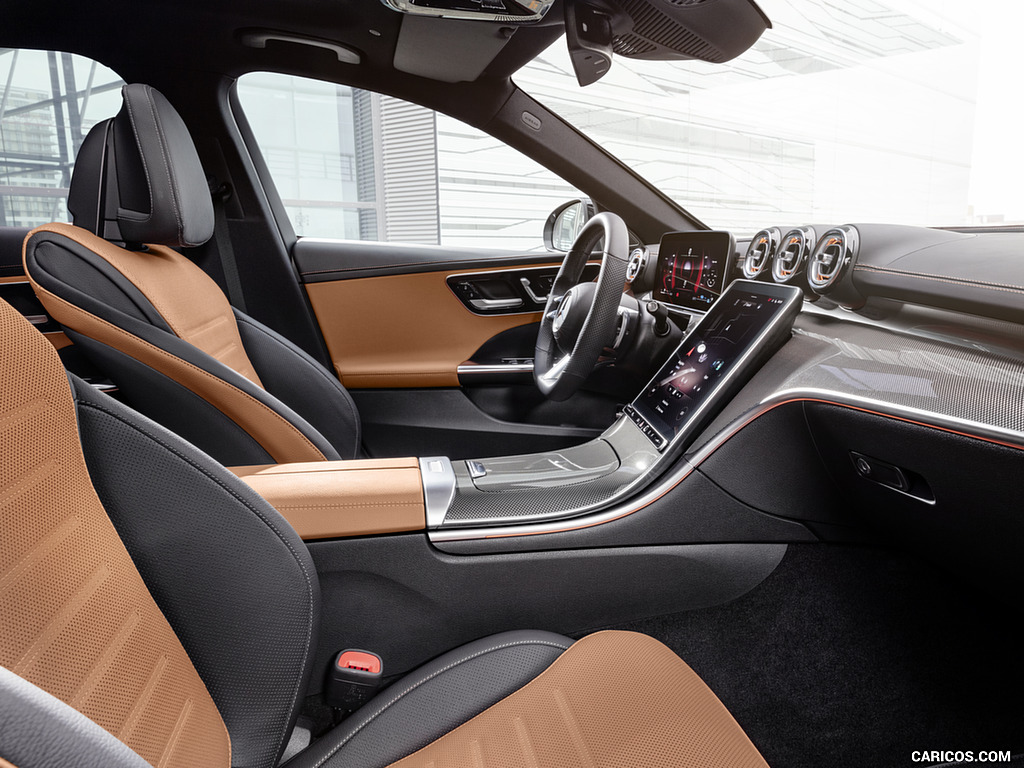 \n
\n---Front-Three-Quarter-2345371-120x90.jpg)
---Front-Three-Quarter-2345371-1024x768.jpg) \n
\n---Front-Three-Quarter-2345372-120x90.jpg)
---Front-Three-Quarter-2345372-1024x768.jpg) \n
\n---Side-2345373-120x90.jpg)
---Side-2345373-1024x768.jpg) \n
\n---Rear-Three-Quarter-2345374-120x90.jpg)
---Rear-Three-Quarter-2345374-1024x768.jpg) \n
\n---Interior-2345375-120x90.jpg)
---Interior-2345375-1024x768.jpg) \n
\n---Rear-2345376-120x90.jpg)
---Rear-2345376-1024x768.jpg) \n
\n---Front-2345377-120x90.jpg)
---Front-2345377-1024x768.jpg) \n
\n---Headlight-2345378-120x90.jpg)
---Headlight-2345378-1024x768.jpg) \n
\n
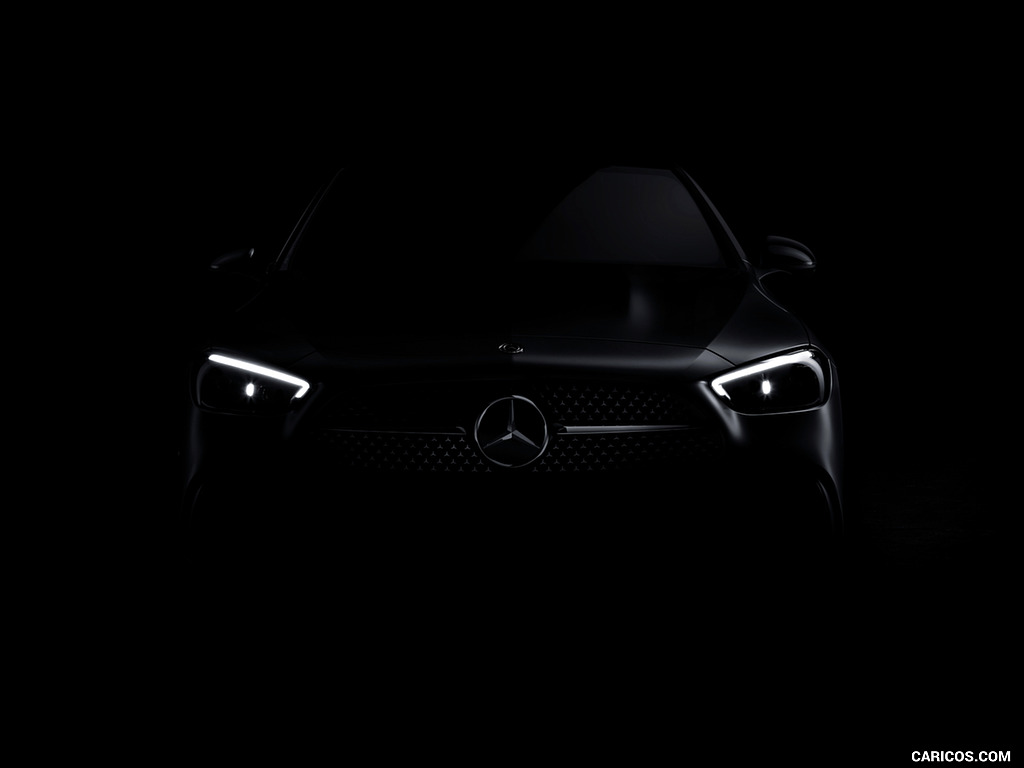 \n
\n
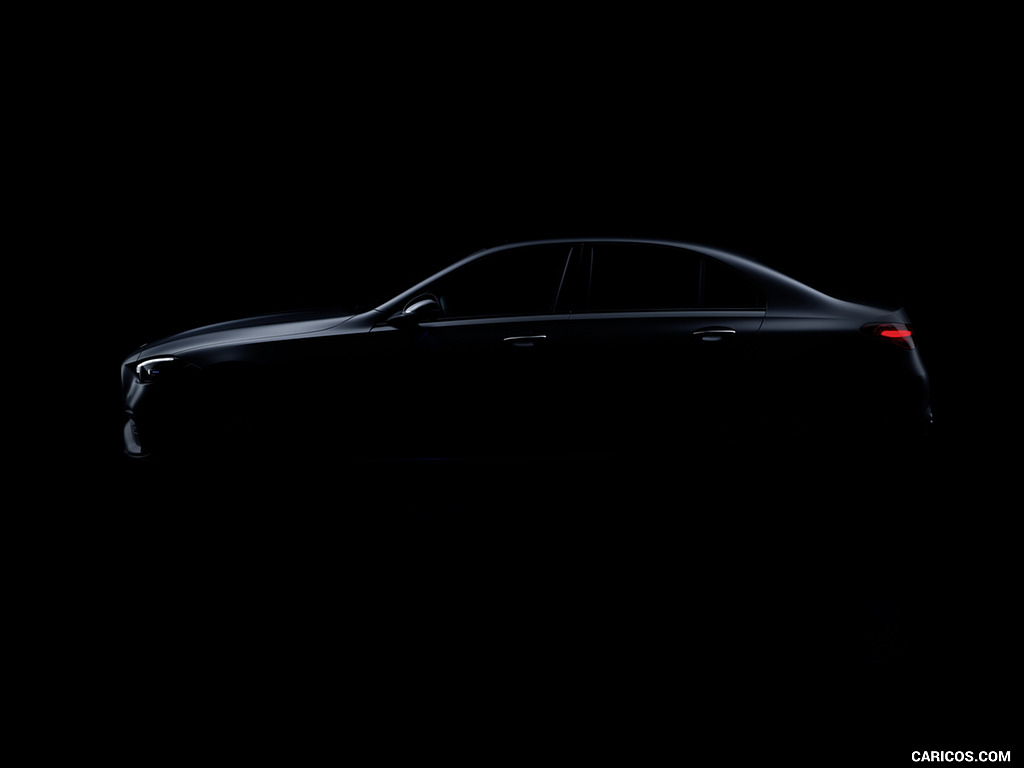 \n
\n
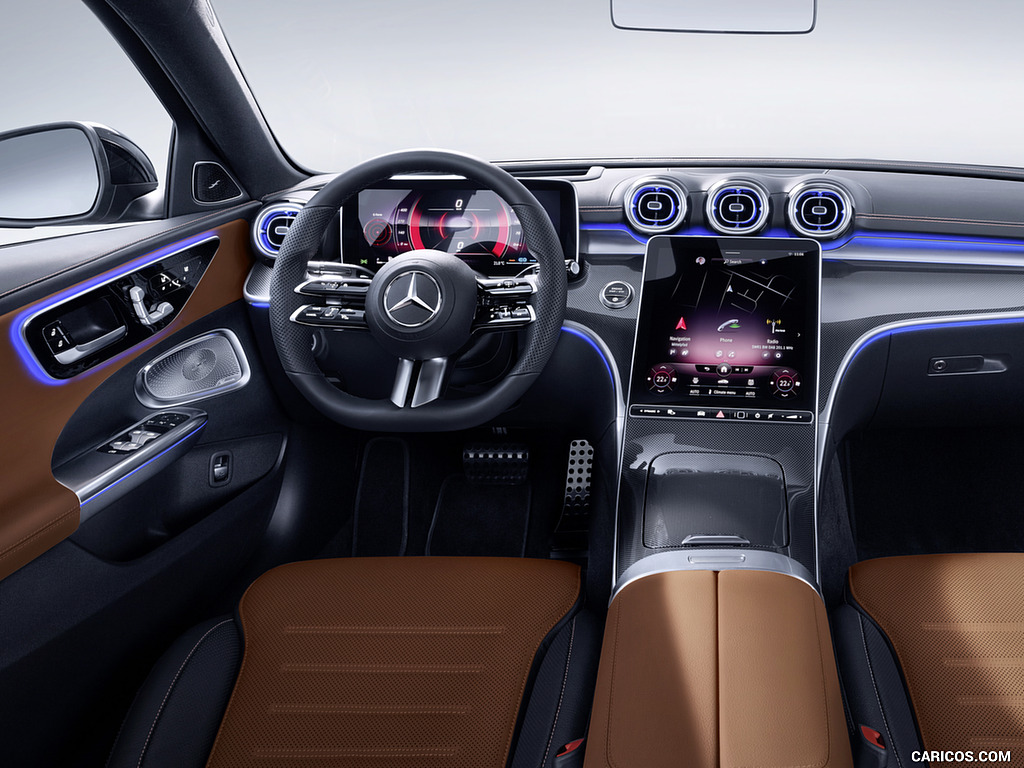 \n
\n
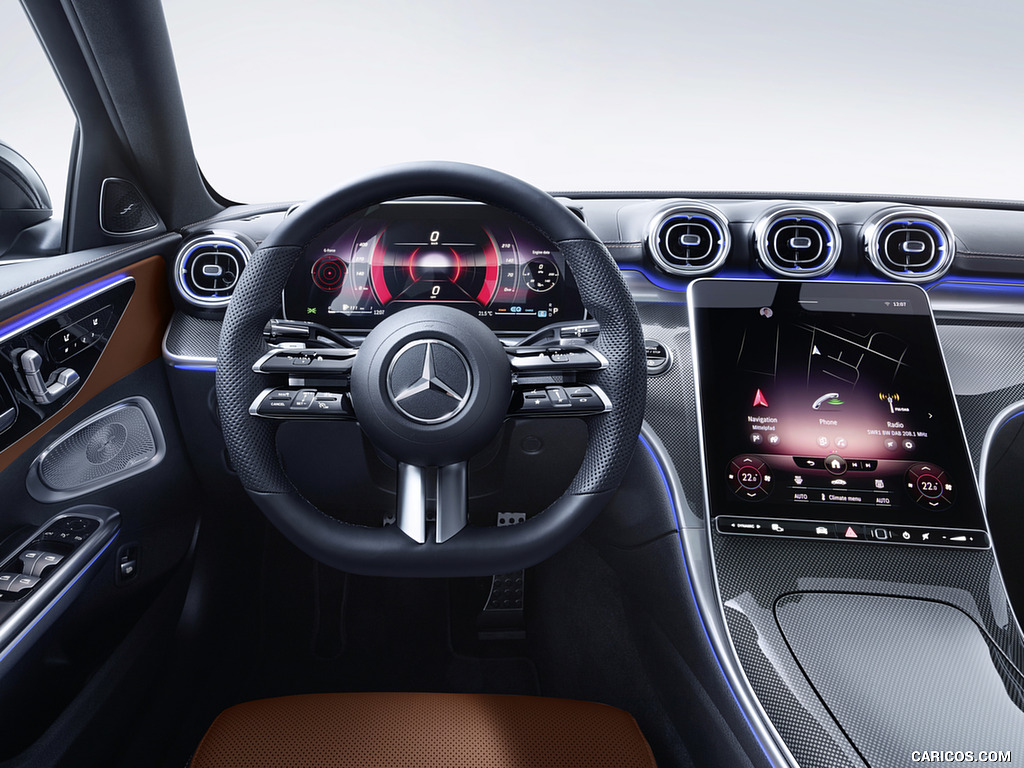 \n
\n
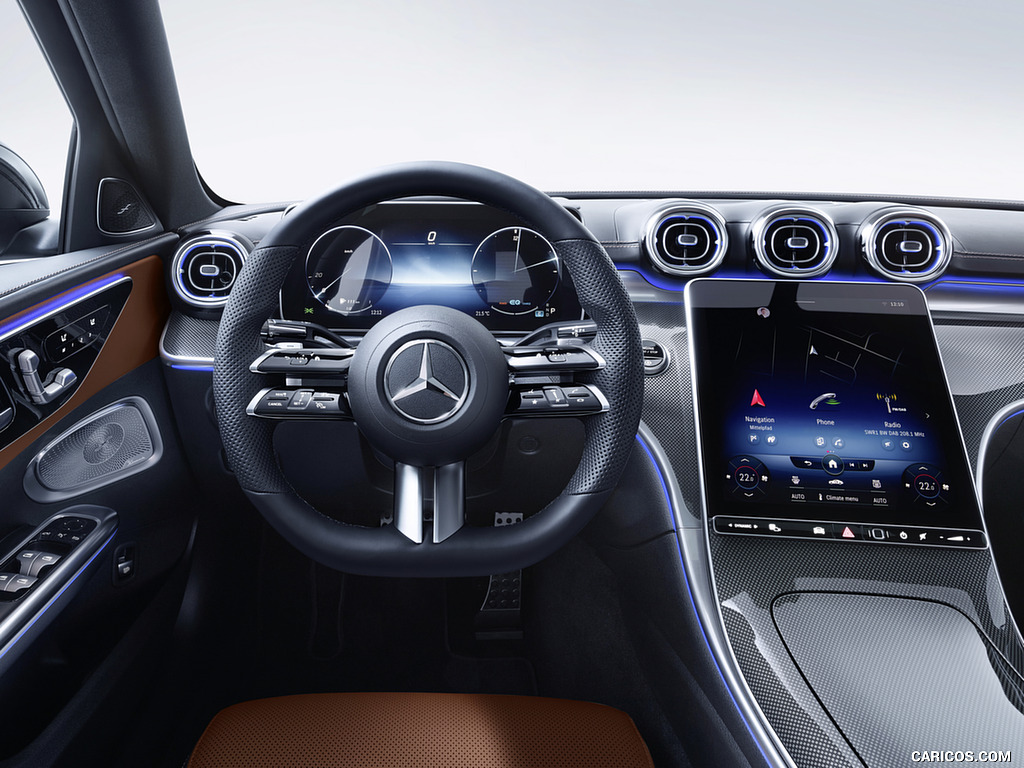 \n
\n
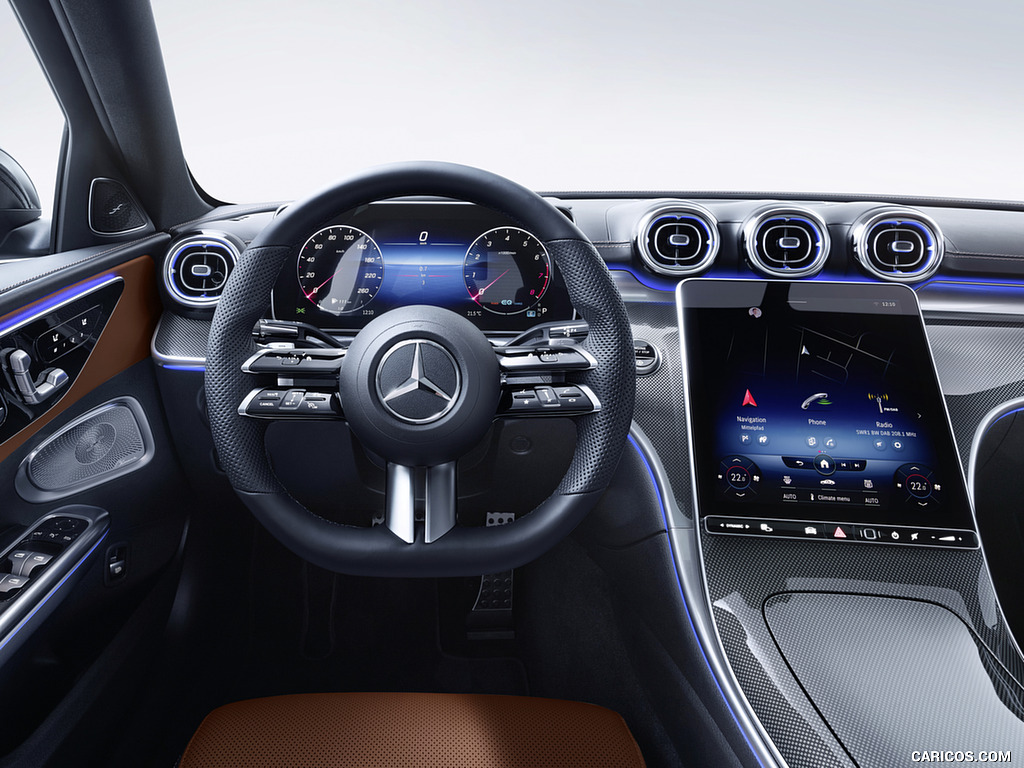 \n
\n
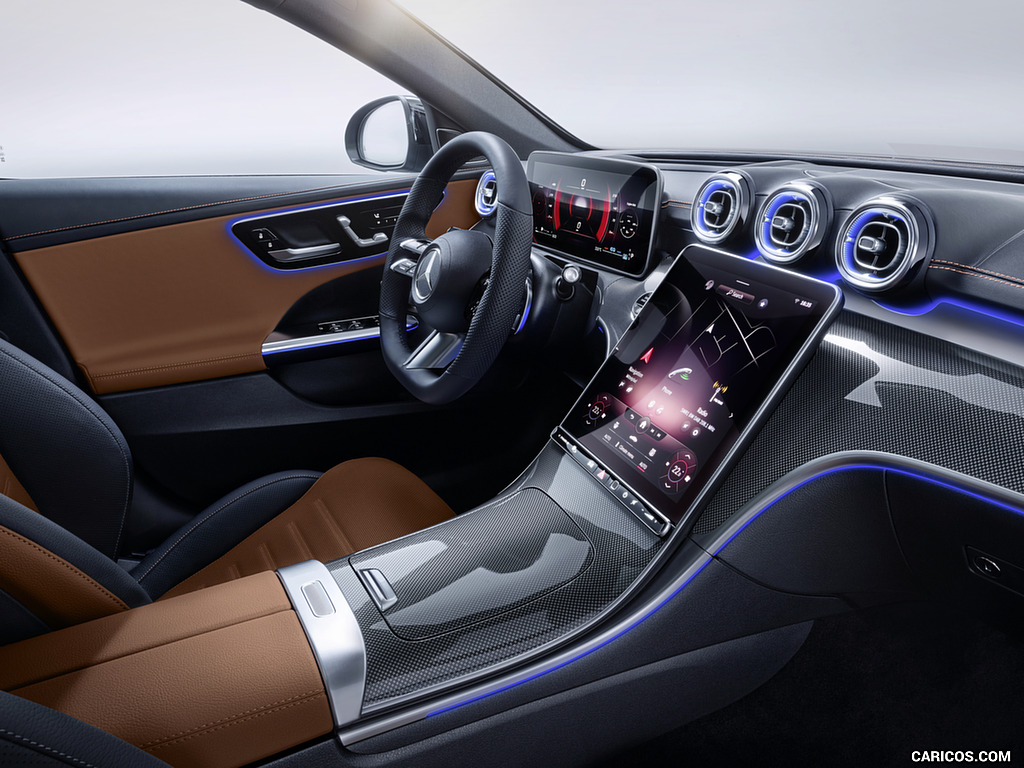 \n
\n
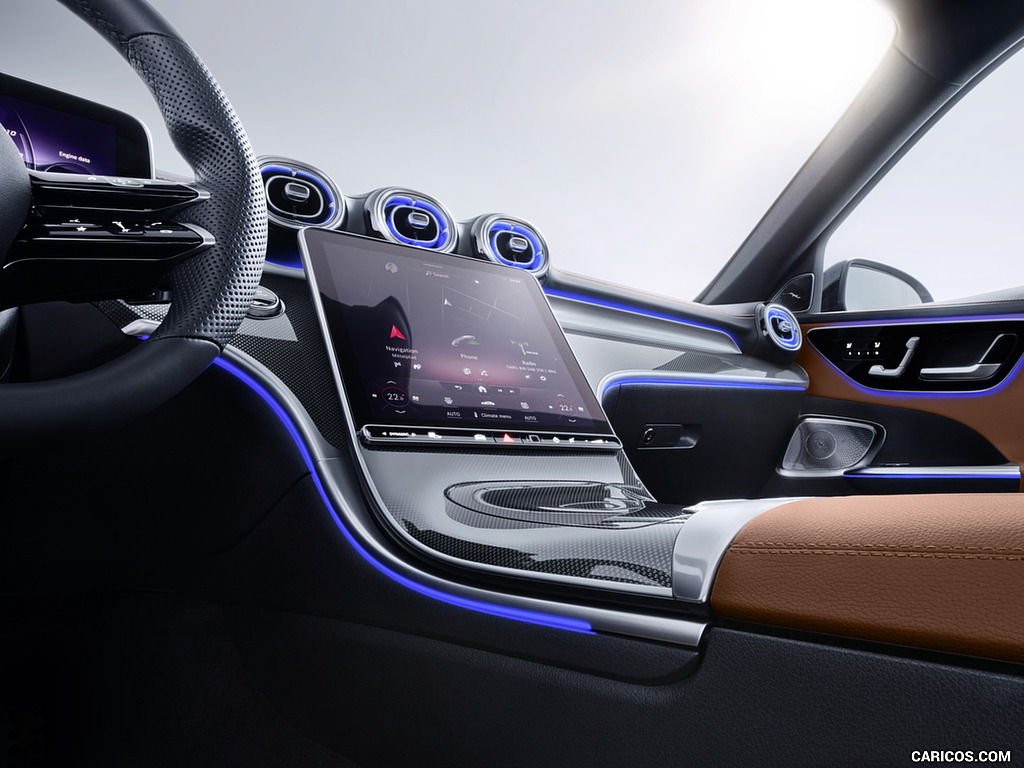 \n
\n





